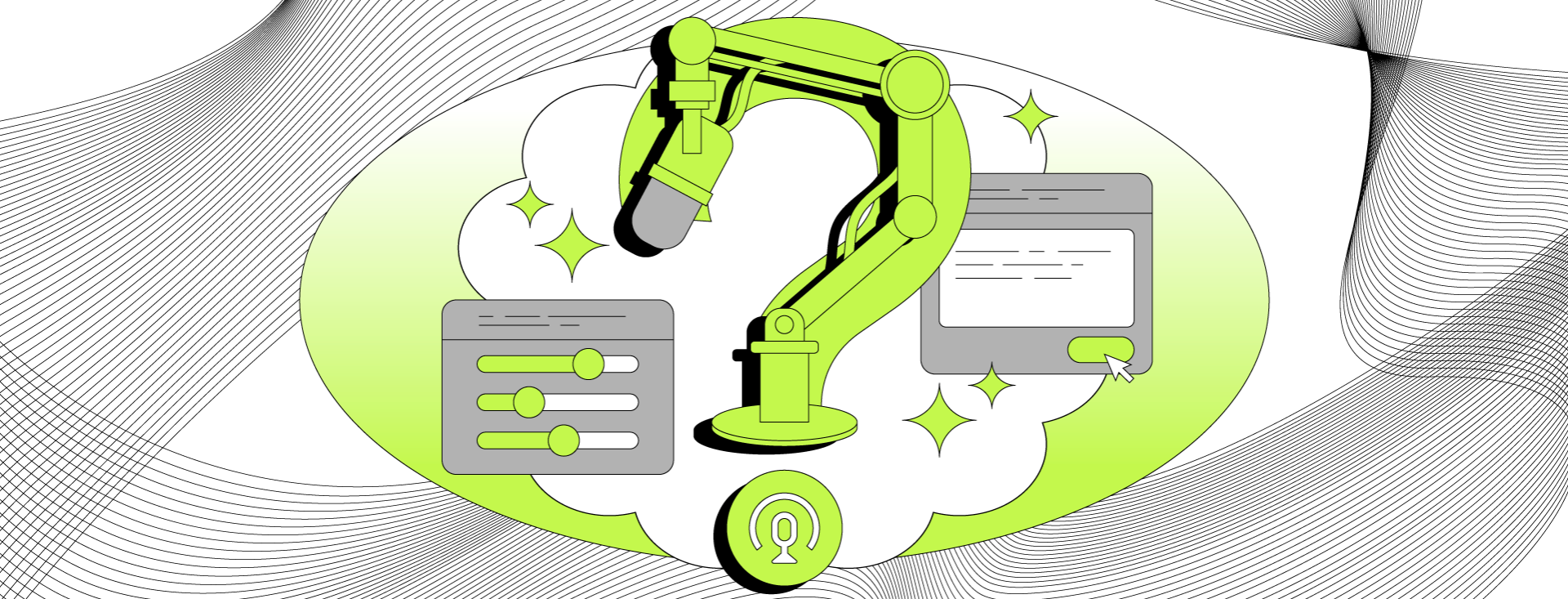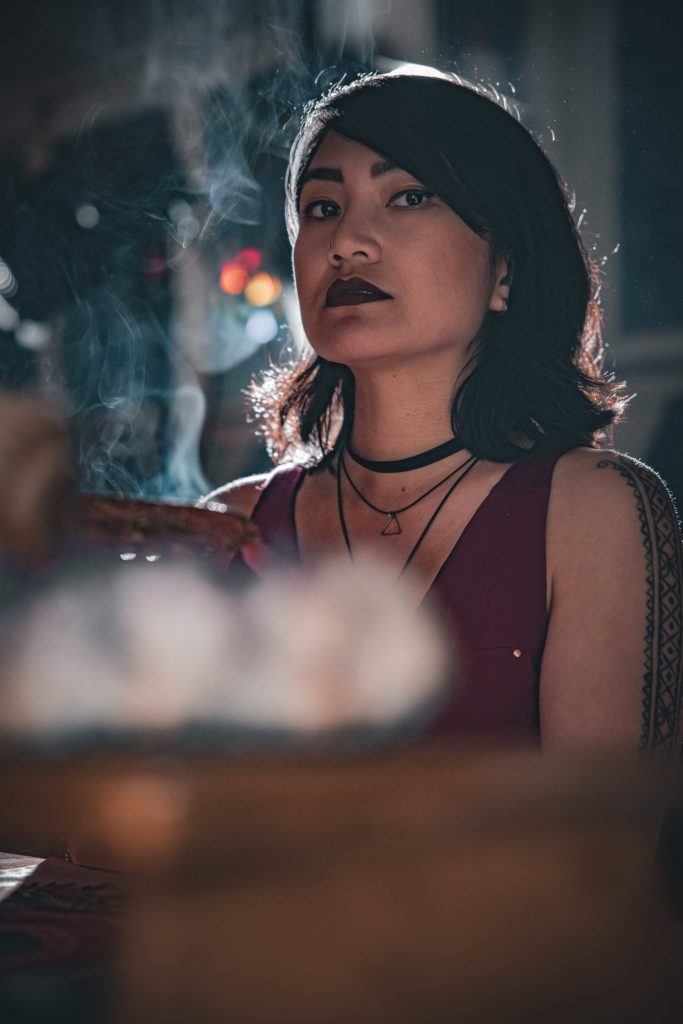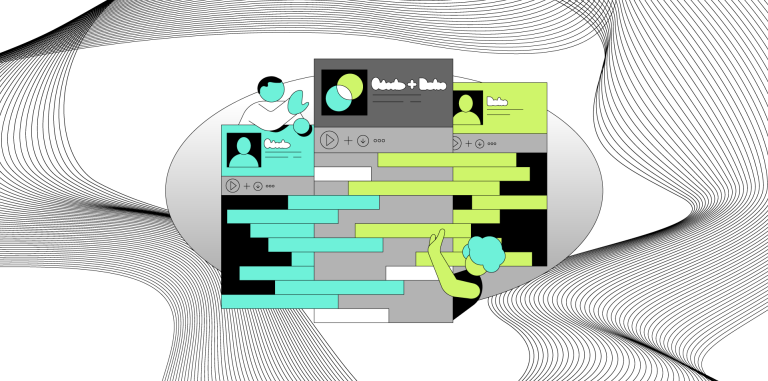
Podcast Q&A and Polls Help Creators Talk to Fans Where They Are
Looking back, it’s clear the early days of podcasting were uncharted territory. Avid listeners would finish an episode and engage with each other elsewhere—on, say, a Reddit forum or Discord channel—but rarely with the podcast host. There was a desire for deeper conversations, but there wasn’t a channel. For podcasters, this disconnect kept them from the community interaction they needed to sustain momentum for their show.
In 2019, when Spotify founder and CEO Daniel Ek announced that podcasts and podcasting would be the next phase of growth for the company, it was an opportunity to reimagine the future of podcasting by making a historically one-sided medium more engaging and dynamic for both listeners and hosts. So, as we grew our podcast offerings, Spotify was also able to expand capabilities for creators with the acquisition of Anchor—the world’s biggest podcast hosting platform—which has since become Spotify for Podcasters. In fall 2021, we launched Q&A and polls.
“Podcasting can be two-way; it can be interactive. It can be a format that helps people connect with each other, instead of just one-way broadcasting,” says Maya Prohovnik, VP and Head of Podcast Product at Spotify. “As Spotify has become the number one audio listening platform in the world, as we’ve gotten a critical mass of listeners and creators in one place, it’s allowed us to really innovate and add these new ways to interact over audio.”
Q&A and polls enable creators to incorporate a level of engagement by asking questions or soliciting voted responses. The tools allow podcasters to directly communicate with fans in a way that’s more personal. And since we enabled these features for all creators on our new Spotify for Podcasters platform, we’ve seen the number of podcasters who use them more than double.
“The creator response has been really strong, and it’s growing fast,” says Alex Yamamoto, a Product Marketing Manager in Spotify’s Podcast Mission who is focused on Creator Growth tools. “For the creators who are using it, it’s a way for them to get closer with their audiences. A lot of the creators we’ve seen have taken it in different directions. Some want to hear personal stories from their fans, others look for debate-like conversations. In general, it’s about getting people talking.”
Jump-starting conversations
In December of 2021, a few months after the features rolled out, Sapphire Sandolo, host of Stories with Sapphire, started experimenting and saw fans engaging almost immediately. “Before, you had to go off the thing that you were listening to the podcast to. You couldn’t interact right then and there,” she shares with For the Record. “I think that’s why people are really drawn to it. It keeps you there. You don’t have to go find where the discussions are happening.”

Sapphire Sandolo
Sapphire was quick to adopt the features and has been using them in creative ways ever since. Since Stories with Sapphire focuses on encounters with the supernatural in cultures around the world, her engagement with these tools focuses on normalizing the topics she covers. “With the type of content that I do, people usually listen to paranormal stories because they have also experienced things, or they like to talk about paranormal stuff. Because of that, when I ask people, ‘Have you experienced something similar?’ people start chiming in because they most likely have,” she explains.
Crafting the perfect question can be daunting, so our product team added a default question, “What did you think about this episode?” to all shows. With this addition, listeners and creators alike can experience and see the benefits from the Q&A capabilities—and get the conversation started.
“The default Q&A helps people and it starts getting listeners engaged and using the tool,” says Chris Larson, a Product Manager for our podcast fan engagement features. “But where we really see benefits is when the creators put it in their own voice and customize it, either to their podcast category or to a specific show, or they ask about future shows and shape the direction of where they want to go. So, we’re trying to encourage more of that. We’ve learned from creators that that’s been really valuable. We look at the data and we see that it gets a lot more listener responses and there’s more engagement there when it’s been customized in their own voice.”
For example, Teenager Therapy, a show hosted by a handful of Gen Z friends who try to normalize conversations around the harder topics within their lives, asks listeners to share their own personal stories. Gimlet’s Science Vs podcast, which takes on hot topics in science and health, asks listeners questions about their prior knowledge on a subject. And head to Stories with Sapphire for a deep cut: “What is your relationship with death?”
In their own hands
Prior to the development of these tools, podcasters found other creative ways to generate two-way conversations. Smaller shows, in particular, were able to utilize voice memos and other alternatives to mimic call-in radio shows. “Some found workarounds maybe five or 10 years ago—it started being really popular to use a Google Voice number,” remembers Maya. “So people could call in, which is awesome, but it was not easy to set up. It was a lot of work for the fans and a lot of work for the creators—you had to listen to voicemails, export them, edit them. It was really cool to start to see that happening, but still really high friction.”
Beyond those who chose to call in, podcasters weren’t able to solicit feedback from fans. Now, Maya, who hosts a handful of podcasts herself, uses the Spotify for Podcasters fan engagement tools to crowdsource ideas for guests and topics and content.
For Alex, keeping these features conveniently available on the Spotify environment—where listeners already are—also means that control and decision-making remain in the hands of the creators. “The power is really with the creators. They can initiate, engage with fans in what they see as the most positive and creative way,” he says. “The most creative Q&A and polls come from hosts who inherently understand the connection they have with their fans—and they’re the ones who see more listeners engage on Spotify. The beauty of the product is that it accentuates the connection a host already has with their fan base.”
The tools also enable hosts to build community among their listeners.
“One of my main goals with my podcast is to normalize the paranormal,” says Sapphire.” A lot of the time, people don’t like to share their experiences because they think people will think they’re crazy. I want to create a space where people know they’re safe. I think that’s why people are more comfortable opening up when it comes to my show. They know other people who listen are going to be just as open.”
A question for the future
As more creators start to use the tools and see the benefits of interactivity, the Spotify team is able to incorporate creator needs to help push conversations even further. “The things we’re committed to for the current functionality are just making sure we improve all the existing ways that creators are interacting with their audiences, and improve discoverability,” says Chris. “We want to close the feedback loop so that when creators do get feedback on their episodes, they’re notified in a timely manner and can actually engage. Because we know that for listeners, if they’re not getting feedback from the creators, it feels like fans are shouting into a black box. We want to encourage creators to start giving listeners that reinforcement.”
Alex’s tip to creators? Mention these new features in the episode intros and the show notes. “The best source of discovery of the feature for listeners is when the creator calls it out,” he says.
And there’s always more to learn and experiment with. Sapphire, an early adopter of Q&A and polls, recently started using Spotify for Podcasters for analytics. After publishing two video podcasts, she noticed the number of people responding to her questions doubled.
For Sapphire and Maya, podcasting incorporates an element of magic. “The world is a lot more magical than we give it credit sometimes,” Sapphire says. “We lose a lot of our sense of that as we grow older, but there’s always room for paranormal and room for magic.”
“I really find it magical to be able to express myself and tell stories, and I really want everyone to be able to do that,” Maya explains. “So, I hope that’s what we keep seeing. It’s so easy to make a podcast on your phone and with all the developments we’re seeing in creator tools. I can’t even imagine where we’re gonna be in a couple years. As the barriers for creation become even lower, we’re going to see more experimenting and finding new, novel things to do with the medium. I’m really excited for Spotify to become the place that fans and creators think of when they think about connecting with each other.”










